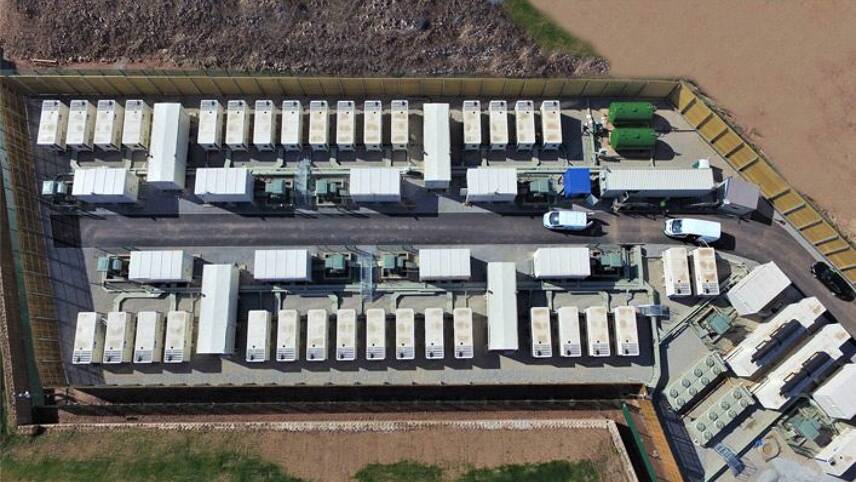Register for free and continue reading
Join our growing army of changemakers and get unlimited access to our premium content

Pictured: An aerial view of the project. Image: Flexitricity
The array will help the National Grid Electricity System Operator (ESO) to balance the grid as more renewables come online and as demand patterns change. It went live in the ESO’s Balancing Mechanism Reserve from Storage Trial earlier this week and, after success here, went live in the Balancing Mechanism today (3 November).
The project will also trade in wholesale energy markets and tender for frequency response service.
Flexitricity is optimising the battery on behalf of Gresham House. It will remotely control instructions around charging and discharging, ensuring the array is financially viable and that it contributes to decarbonisation.
“Investors are getting comfortable with the business case for energy storage and it’s great this year to be seeing a number of large batteries coming onto the system, providing more of the rapid response flexibility National Grid ESO needs to maintain system stability,” Flexitricity’s director Andy Lowe said.
For Gresham House, the announcement comes as the company is striving to grow its energy storage portfolio to 350MW by the end of 2020. The asset manager currently has 224MW of energy storage systems online. It estimates that at least 10GW of storage capacity needs to be created by the mid-2020s if the UK is to meet its long-term climate targets, including its legally binding net-zero goal for 2050.
Charging ahead?
Wood Mackenzie is forecasting a 17% year-on-year decrease in battery storage deployment, in terms of capacity. This is largely due to the impact of Covid-19 on investors and supply chains.
Nonetheless, it believes that the energy storage boom which was underway pre-pandemic will continue to gather pace once more by 2023. It expects the sector to grow by one-third each year between 2023 and the end of the decade.
The UK Government has moved to relax planning rules for large-scale energy storage arrays in a bid to help the sector recover faster. Under previous Nationally Significant Infrastructure Projects (NSIP) requirements, special approval was needed for arrays over 50MW.
Sarah George


Please login or Register to leave a comment.